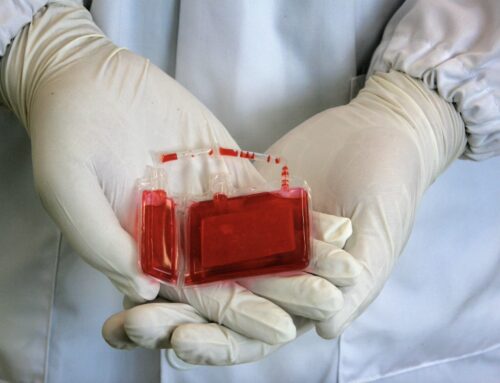Weaning & Breast Problems
Will breastfeeding distort the shape of my breasts?
Breastfeeding does not typically distort the shape of breasts. However, it is normal for breasts to undergo changes in size, shape, and firmness during pregnancy and breastfeeding due to hormonal fluctuations and milk production.
After breastfeeding, some women may notice changes in the appearance of their breasts, such as a loss of firmness or fullness. These changes are usually temporary and may improve over time. Factors such as genetics, age, skin elasticity, and the number of pregnancies can also influence how breasts change after breastfeeding.
While breastfeeding itself is not likely to cause permanent changes in breast shape, some women may experience a condition called “postpartum breast involution,” where the breast tissue shrinks and the skin may become less elastic after weaning. This can result in a slightly sagging or less firm appearance of the breasts.
It’s important to remember that changes in breast appearance are a normal part of the postpartum process and are not necessarily a cause for concern. Maintaining a healthy lifestyle, including regular exercise and a balanced diet, can help support breast health and overall body confidence.
What options do I have after breast feeding distorted my breasts?
After breastfeeding, some women may experience changes in the appearance of their breasts, such as sagging or loss of volume. There are several options available to address these changes, including:
- Breast lift (mastopexy): A breast lift is a surgical procedure that can help lift and reshape breasts that have sagged or lost their firmness due to breastfeeding or other factors. During a breast lift, excess skin is removed, and the breast tissue is reshaped to improve the overall appearance of the breasts.
- Breast augmentation: Breast augmentation, or augmentation mammoplasty, is a surgical procedure that involves placing implants under the breast tissue or chest muscles to increase breast size or restore volume lost after breastfeeding. This procedure can also help improve breast shape and symmetry.
- Combination of breast lift and augmentation: In some cases, women may benefit from a combination of breast lift and augmentation to address both sagging and loss of volume. This combined procedure can help achieve a more youthful and fuller breast appearance.
- Fat transfer: Fat transfer to the breasts, also known as autologous fat transfer, involves removing fat from one part of the body (such as the abdomen or thighs) through liposuction and injecting it into the breasts to increase volume and improve shape. This procedure can be used to address mild to moderate volume loss and can provide a more natural alternative to breast implants.
- Nipple and areola reconstruction: For women who have experienced changes in the appearance of their nipples or areolas after breastfeeding, nipple and areola reconstruction can be performed to restore their appearance. This can be done as part of a breast lift or augmentation procedure.
It’s important to consult with a board-certified plastic surgeon to discuss your concerns and goals and determine the most appropriate treatment option for you based on your individual anatomy and desired outcomes.
How much do breast implants cost?
The cost of breast implants can vary widely depending on several factors, including the type of implant used, the surgeon’s fees, the surgical facility, geographic location, and any additional procedures that may be performed along with the breast augmentation. On average, the cost of breast implants in the United States ranges from $5,000 to $10,000 or more. This cost typically includes the implants themselves, surgeon’s fees, anesthesia, operating room fees, and follow-up appointments. It’s important to consult with a board-certified plastic surgeon to get an accurate estimate of the cost based on your specific needs and goals.
Does a boob job cause pain?
Yes, breast augmentation surgery (commonly referred to as a “boob job”) can cause pain and discomfort, especially in the days following the procedure. Pain and discomfort are common side effects of surgery and are typically managed with pain medications prescribed by your surgeon. The level of pain experienced can vary depending on factors such as the type of implant, the surgical technique used, and individual pain tolerance. Most patients find that the pain is manageable and improves over time as the body heals. It’s important to follow your surgeon’s post-operative instructions carefully and attend follow-up appointments to ensure proper healing.




